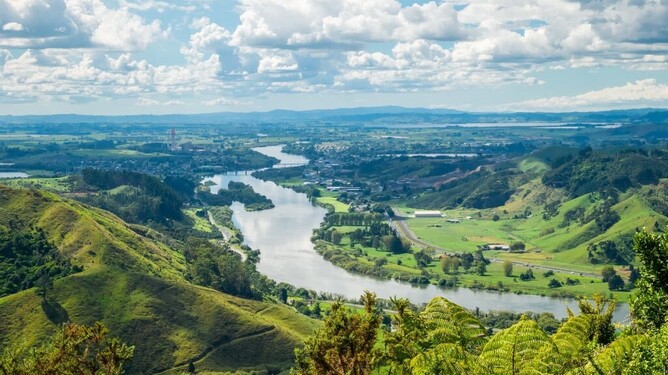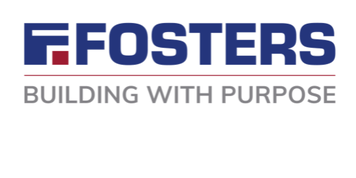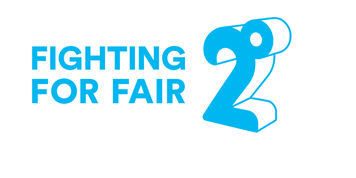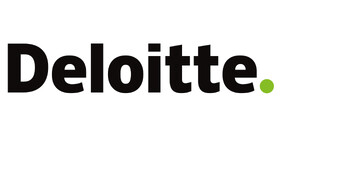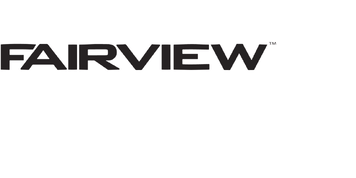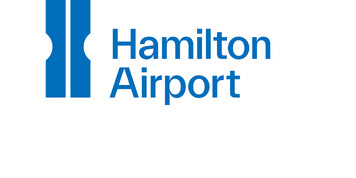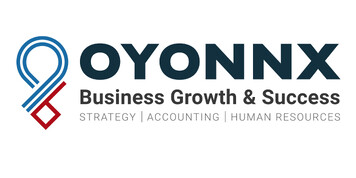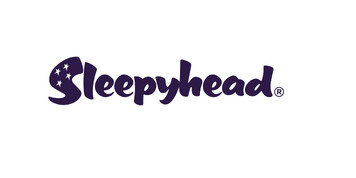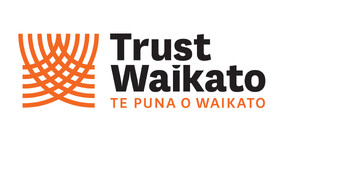It’s something previous councils haven’t just shied away from but have vehemently spoken out against in the past.
The Waikato Chamber has advocated for a serious discussion about the potential for amalgamation of our region’s councils for years now. A rational discussion grounded in data and driven by a desire for better productivity, reduced bureaucracy, and the drive to do better by the community as a whole. A discussion that considers evidence-based information from the likes of Auckland’s Supercity merger where we drill into what’s worked there – and what hasn’t.
In 2018, then-Chamber CEO Chris Simpson drew the ire of most of the region’s then-mayors with his call to have an amalgamation discussion. He had, quite rightly, pointed out that the Waikato had 247 representatives compared with Auckland’s 196. The 12 territorial authorities in the Waikato regional catchment were in Chris’s sights when he first compared Waikato's 136 elected councillors, representing 537,000 people, to Auckland's 20 councillors who represent a population of 1.7 million. Chris’s research showed that Auckland had a representative ratio of one for every 10,000 people. In the Waikato, it's one for every 2,000 people.
Of the 10 mayors the Waikato Times spoke to in 2018, none showed support for amalgamation then and many attacked Chris’s stance, with one referring to it as “bollocks” and another questioning “hasn’t he got anything better to do?”
A disappointing response, but the idiom ‘turkeys don’t vote for Christmas’ springs to mind.
Then in 2021, the Chamber again raised the possibility of having an amalgamation discussion, saying that we, as a Chamber, want to see the region have a united and stronger voice and one involving less bureaucracy.
We said at the time: “Twelve replications, 12 governance bodies, 12 bureaucracies, 12 large cost-centres and 12 voices singing off separate song sheets.”
There was a more measured response from the mayors then, a willingness at least to engage in a discussion. But nothing much more was said until Hamilton City Council’s recent submission to the nationwide review into the Future for Local Government showed support for a large Waikato unitary council combining local and regional council powers for Hamilton and surrounding districts. Waikato District Council gave qualified support to a possible sub-regional unitary body.
Stuff reported that under the city’s new ideas, a “Hamilton-Waikato sub-region” unitary council could be based on fast-growing Hamilton, Waikato district, Waipa and Matamata-Piako, with Mayor Paula Southgate saying, “we’re not looking at a takeover, we’re looking at a partnership.”
We’re the first to agree that there is a strong case to explore a unitary authority. We believe it’s worth looking at the relative competitive advantages of each region. You could have a unitary body that encompasses Hamilton as the major metropolitan hub along with its spokes in Cambridge, Te Awamutu, Morrinsville, Matamata, Huntly and Ngaruawahia. And you then have three other bodies: North Waikato, Coromandel and South Waikato. Each of those regions offers different competitive advantages and should be included in the discussions.
We don’t necessarily need to be a super city like Auckland. Instead, you’d have councillors and community boards so that each town was represented by democratically elected people, but in a pared back way. However, important growth infrastructure issues such as a third bridge in Cambridge, the Expressway extension to Tauranga, the economically important Southern Links project to the Airport to open up the west and Te Awamutu, the improvements and straightening of the Hamilton-Morrinsville road, will be better advocated and lobbied for by a united council, much stronger in its weight with Wellington politicians and bureaucracy.
Now, we’re also the first to acknowledge amalgamation is a complex issue with multiple layers that would take a great deal of consideration. For example, the Waikato Regional Council’s territorial authority is based on regional catchments. So how would you structure a unitary authority with that in mind?
Here at the Chamber, we don’t profess to have all the answers. But we are throwing our support behind our 12 councils being open to having that rational and robust conversation about how amalgamation of some form could happen.
What some people may not realise is that there is already a level of cooperation happening behind the scenes between councils.
CoLAB
CoLAB was established in 2005 to provide local authorities in the Waikato with a vehicle to procure shared services. The key purpose of CoLAB evolved, and it now drives collaboration between councils and aims to improve local government customer service and performance and to reduce costs.
CoLAB is owned by 12 councils: Waikato Regional, Hamilton City, Hauraki District, Matamata-Piako District, Otorohanga District, Rotorua District, South Waikato District, Thames Coromandel District, Waikato District, Waipa District, Waitomo District and Western Bay of Plenty District Council.
It should be the basis of economies of scale and further co-operation, thus reducing costs and complexities for the ratepayer.
We, on behalf of our ratepayer members, applaud any innovative solution that aims to reduce cost, improve efficiency and productivity, and more especially, one that enhances the customer experience. So, how do we build on that?
Mayoral Forum
The next Waikato Mayoral Forum is coming up on March 27. We understand amalgamation is set to be discussed at that meeting. We wholeheartedly encourage that debate, but we also ask that the issue be given real weight and consideration as to how it can be examined in more depth region-wide. And that the mayors in the conversation communicate clearly and fully their various positions to the wider public. We went hunting for information on the Waikato Mayoral Forum website but came up short. The website appears not to have been updated with meeting summaries or news for some years now.
On behalf of our members, we’re asking that our regional mayors show real leadership in spearheading this important conversation.
If we do not grasp the nettle now and debate the opportunity, central government will dictate to us our structures. As we found with Three Waters, they may not be to our liking.
The Waikato is in growth mode, and it will only accelerate with the recent strong Fonterra result underpinning our regional economy.
We need courageous mayors to stand up and be counted on March 27 for the generations that follow us.

